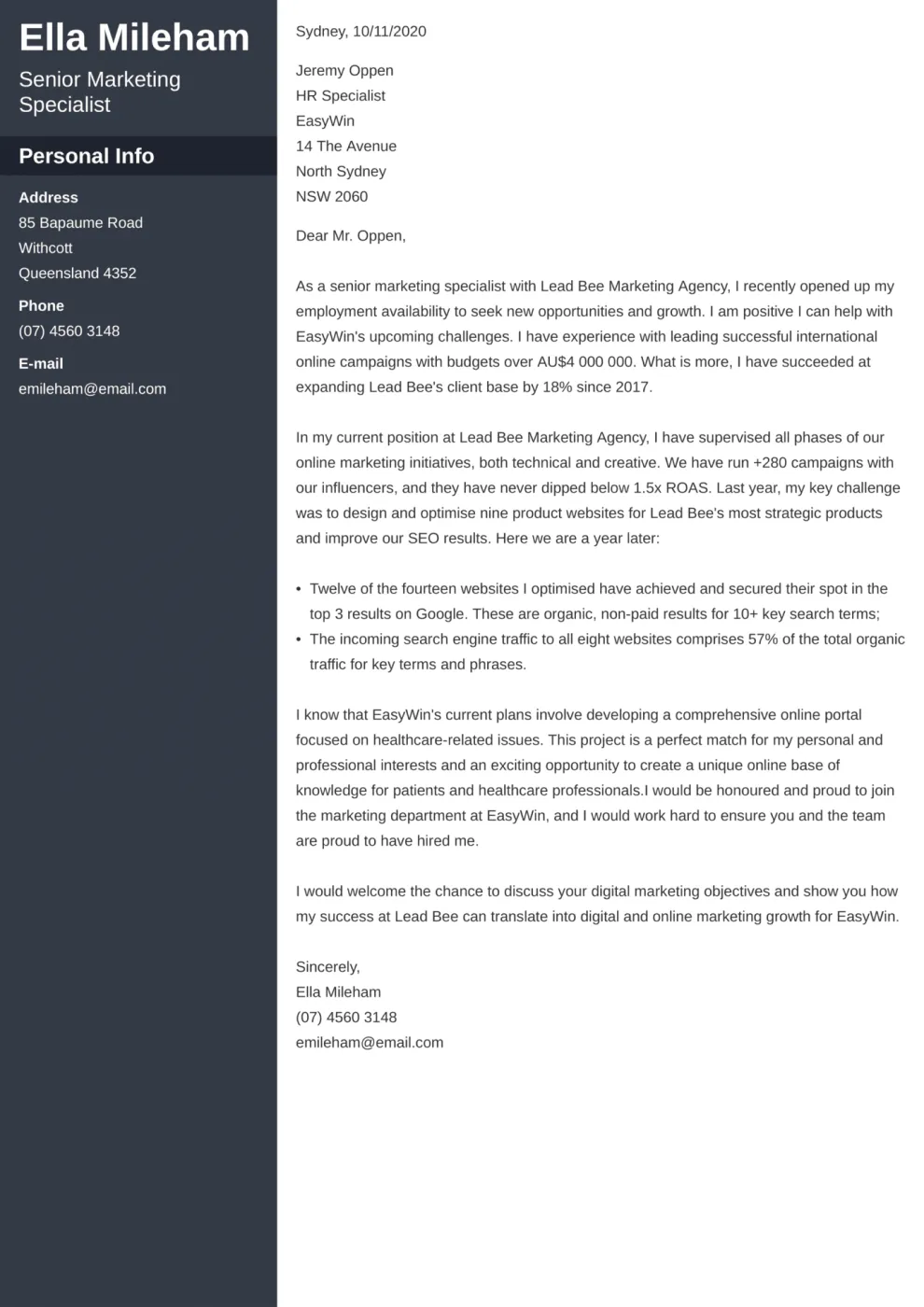Crafting a compelling cover letter is paramount when seeking employment in Australia. It’s often your first point of contact with a potential employer, and a well-written letter can significantly increase your chances of securing an interview. Unlike a resume, a cover letter allows you to personalize your application, showcase your personality, and demonstrate your genuine interest in the role and the company. This guide provides comprehensive insights into creating a cover letter that resonates with Australian hiring managers, helping you stand out from the competition and ultimately get hired.
Understanding the Australian Job Market
The Australian job market has unique characteristics that influence cover letter strategies. Understanding these nuances is crucial. Firstly, the emphasis is often placed on cultural fit, so your cover letter should reflect an understanding of Australian workplace values, such as teamwork, a positive attitude, and a willingness to learn. Secondly, Australian employers value directness and clarity. Avoid overly verbose language and get straight to the point. Thirdly, the market is competitive, so showcasing your achievements and aligning your skills with the job description is critical.
Key Differences in Australian Cover Letters
Australian cover letters differ from those used in other countries. One key difference is the emphasis on addressing selection criteria, if specified in the job advertisement. Many Australian job postings include specific criteria that candidates must meet. Your cover letter should directly address each criterion, providing examples of how your skills and experience align. Also, a more informal tone is often accepted, but professionalism should still be maintained. Finally, brevity is appreciated; aim for a concise letter that quickly captures the reader’s attention.
Addressing the Selection Criteria
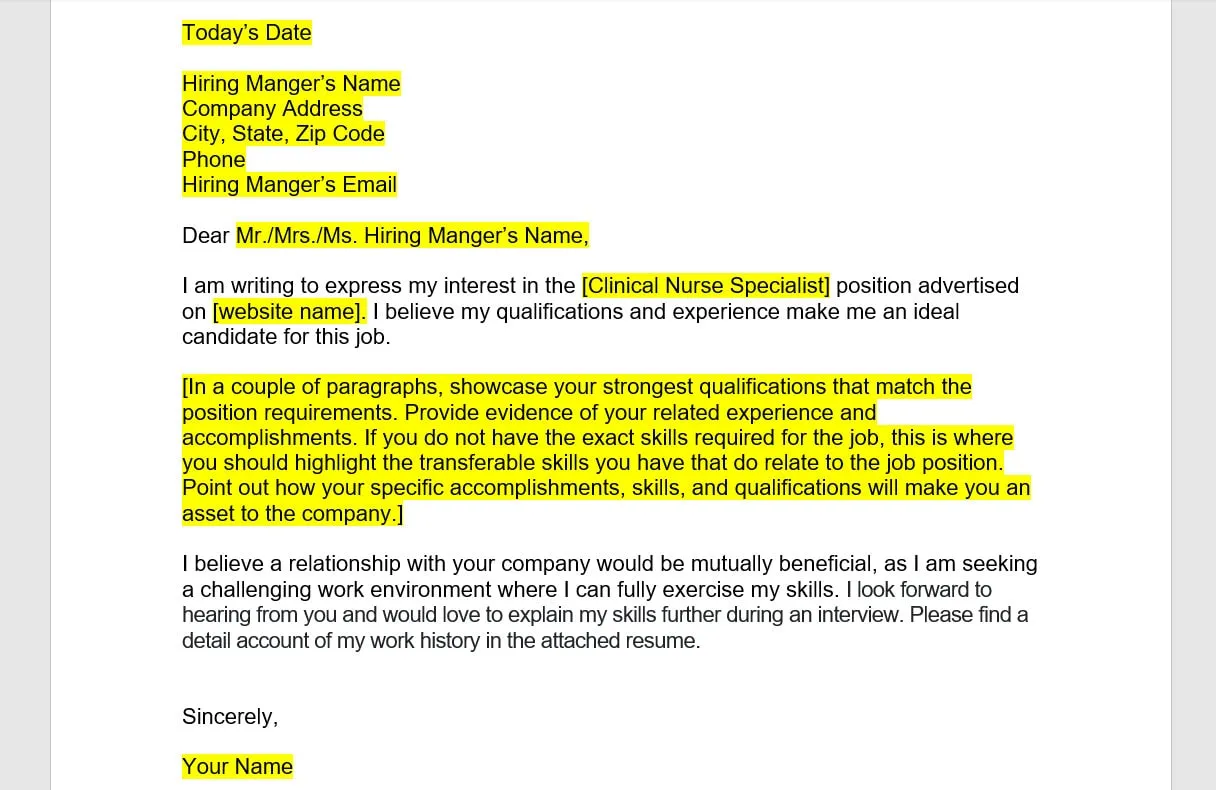
If the job advertisement lists selection criteria, consider it essential reading. Devote separate paragraphs or sections of your cover letter to each criterion. Begin by restating the criterion, then provide specific examples from your previous roles that demonstrate your ability to meet that criterion. Use the STAR method (Situation, Task, Action, Result) to provide context, explain what you did, and highlight the positive outcomes. This approach clearly and concisely showcases your qualifications, making it easy for the recruiter to understand your suitability for the role.
The Importance of Tailoring Your Letter
Generic cover letters are easily identified and often discarded. Customizing your cover letter for each job application is crucial. Research the company and the specific role. Show that you understand the company’s values, mission, and the challenges they face. Then, use this knowledge to highlight relevant skills and experience. Demonstrate your enthusiasm for the specific opportunity by mentioning why you are interested in the role and what you hope to achieve if hired. Tailoring shows the employer that you care enough to put in the extra effort, signaling your genuine interest.
Structuring Your Cover Letter for Australia
A well-structured cover letter guides the reader and highlights the most relevant information. Start with a clear and concise header, followed by a compelling opening. The body should outline your key skills and experience. The closing should reiterate your interest and provide contact information. Each section of your cover letter has a specific purpose, contributing to the overall impression you make on the hiring manager. Following a structured format ensures that your message is easy to read and understand, which is essential in a competitive job market.
Header Information
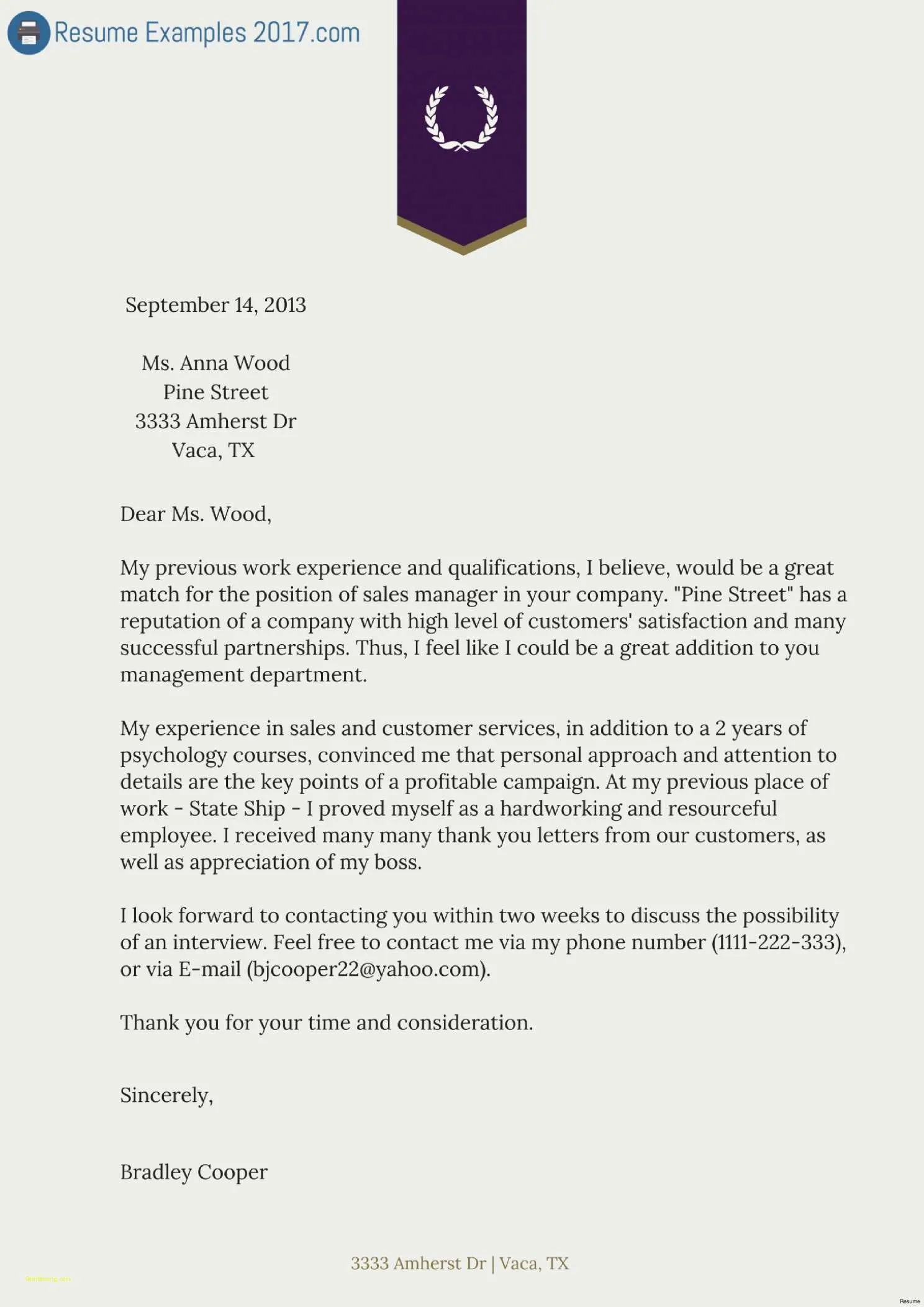
Your header should include your contact information and the date. List your full name, phone number, email address, and optionally, your LinkedIn profile URL. Ensure your contact details are accurate and professional. Below your contact information, include the date you are sending the letter. If you know the name of the hiring manager or the relevant contact person, include their name and title, followed by the company name and address. This personalizes the letter and shows you have taken the time to research the role.
The Opening Paragraph
The opening paragraph is your opportunity to grab the reader’s attention. State the position you are applying for and how you found the job listing. Then, briefly introduce yourself and highlight one or two key skills or experiences that make you a strong candidate. Express your enthusiasm for the role and the company, showing you are genuinely interested. Make it clear why you are writing and what you hope to achieve by getting this job. Your opening should immediately show why you are a good fit.
Body Paragraphs Highlighting Skills
The body of your cover letter should detail your relevant skills and experience. Align your skills with the job description and selection criteria. Use specific examples to illustrate your achievements and quantify your contributions whenever possible. Break your experience into distinct paragraphs, each focusing on a particular skill or accomplishment. The body provides the detail that supports your claims, making your cover letter more persuasive and demonstrating your value to the potential employer. Do not repeat your resume, but expand on key points.
Quantifying Achievements
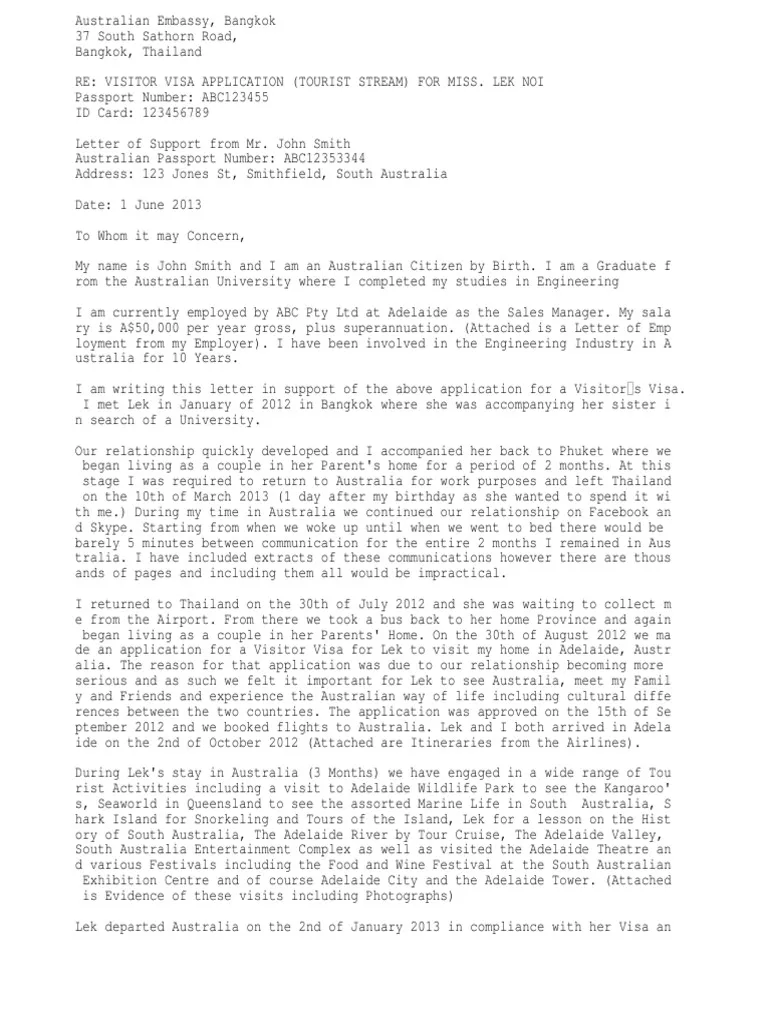
Quantifying your achievements makes your cover letter more impactful. Whenever possible, use numbers and data to demonstrate your accomplishments. For example, instead of saying ‘Improved customer satisfaction,’ say ‘Increased customer satisfaction by 15% in six months.’ Use metrics like percentages, dollar amounts, or specific quantities to provide concrete evidence of your contributions. This approach shows the hiring manager the tangible results you have achieved in previous roles and helps to prove that you are able to achieve similar results in this role.
Closing Paragraph
In the closing paragraph, reiterate your interest in the position and thank the hiring manager for their time and consideration. State your availability for an interview and provide your contact information. You can also briefly summarize your key qualifications and express your confidence that you can contribute to the company’s success. End on a positive note, expressing your enthusiasm for the opportunity and your eagerness to discuss your application further. A strong closing leaves a lasting impression.
Formatting and Presentation
The formatting and presentation of your cover letter are essential. A well-formatted cover letter is easy to read and professional in appearance. Pay attention to your choice of font, the use of white space, and the overall layout. A visually appealing cover letter shows that you pay attention to detail and that you take pride in your work, which can give you a significant advantage. A professional layout helps the reader quickly grasp your qualifications and makes a positive impression.
Font and Style
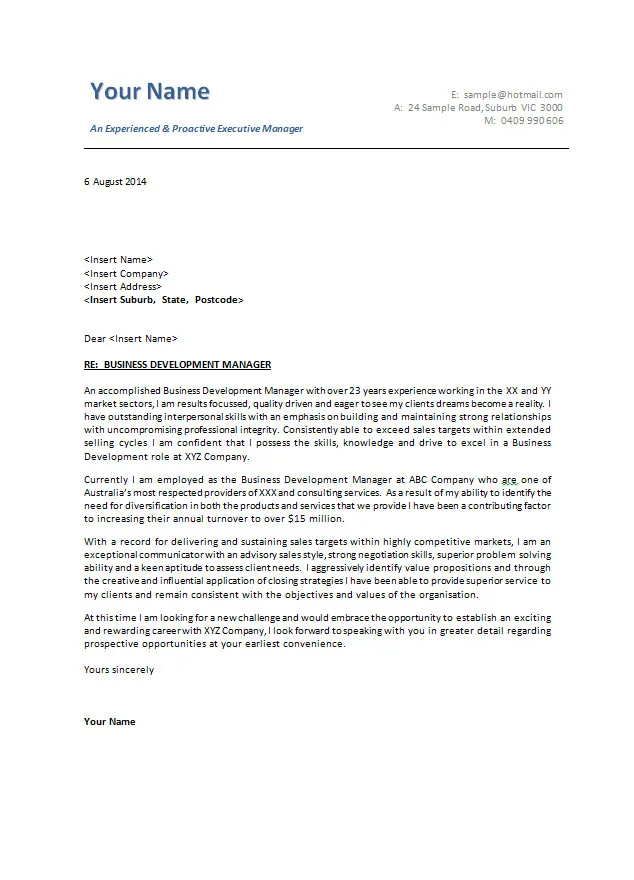
Choose a professional and readable font, such as Times New Roman, Arial, or Calibri. Use a font size between 10 and 12 points. Ensure consistent formatting throughout your cover letter. Use ample white space to make the text easy to read. Avoid using boldface or italics excessively. The goal is to create a clean and professional look that is pleasing to the eye. A professional font and style ensure your cover letter is easy to read and makes a good first impression.
Length of the Cover Letter
Keep your cover letter concise and to the point. Aim for one page in length. Focus on the most relevant information and avoid unnecessary details. Australian employers value brevity, so respect their time by keeping your letter focused. A concise cover letter is easier to read and shows that you can communicate effectively. Do not exceed one page unless it is explicitly requested in the job advertisement.
Proofreading and Editing
Proofreading is crucial. Carefully proofread your cover letter for any typos, grammatical errors, and inconsistencies. Errors can undermine your credibility and create a negative impression. Use a spell checker, but also read your cover letter aloud to catch any mistakes that the spell checker might miss. Consider having a friend or family member review your cover letter for any errors or areas for improvement. Attention to detail is an essential quality in any role, and your cover letter should show you possess it.
Keywords and SEO Optimization
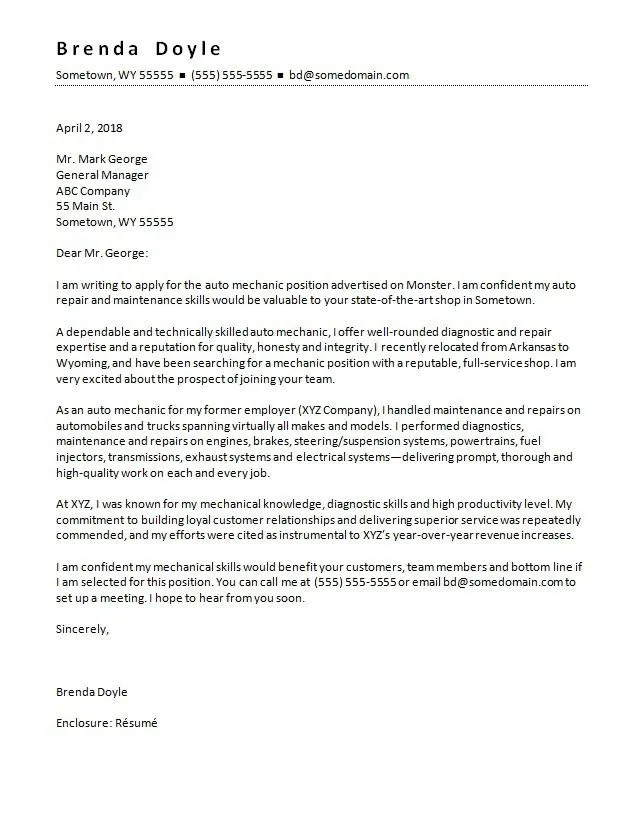
In a competitive job market, using keywords is vital. Many employers use Applicant Tracking Systems (ATS) to screen applications. Understanding and incorporating keywords can help your cover letter make it through the initial screening process. Research the keywords that employers use to describe the skills and experience needed for the job. This is a way to increase the likelihood that your application will be noticed.
Researching Keywords
Carefully review the job description and identify the key skills, qualifications, and requirements. These are the keywords you should incorporate into your cover letter. Use online tools to research industry-specific terminology and common phrases. Researching keywords is the initial step to optimizing your cover letter. This step helps to ensure you’re including the right terms that employers are searching for.
Strategically Placing Keywords
Incorporate the identified keywords naturally throughout your cover letter. Use them in the opening paragraph, body paragraphs, and closing. Ensure you do not keyword stuff, as this can make your letter sound unnatural. Place keywords in relevant contexts, such as describing your skills, experiences, and achievements. Strategic keyword placement helps ensure that your application is easily searchable and understandable to recruiters and ATS systems. Remember that your goal is to communicate your qualifications in a clear, concise, and compelling way.
Common Mistakes to Avoid
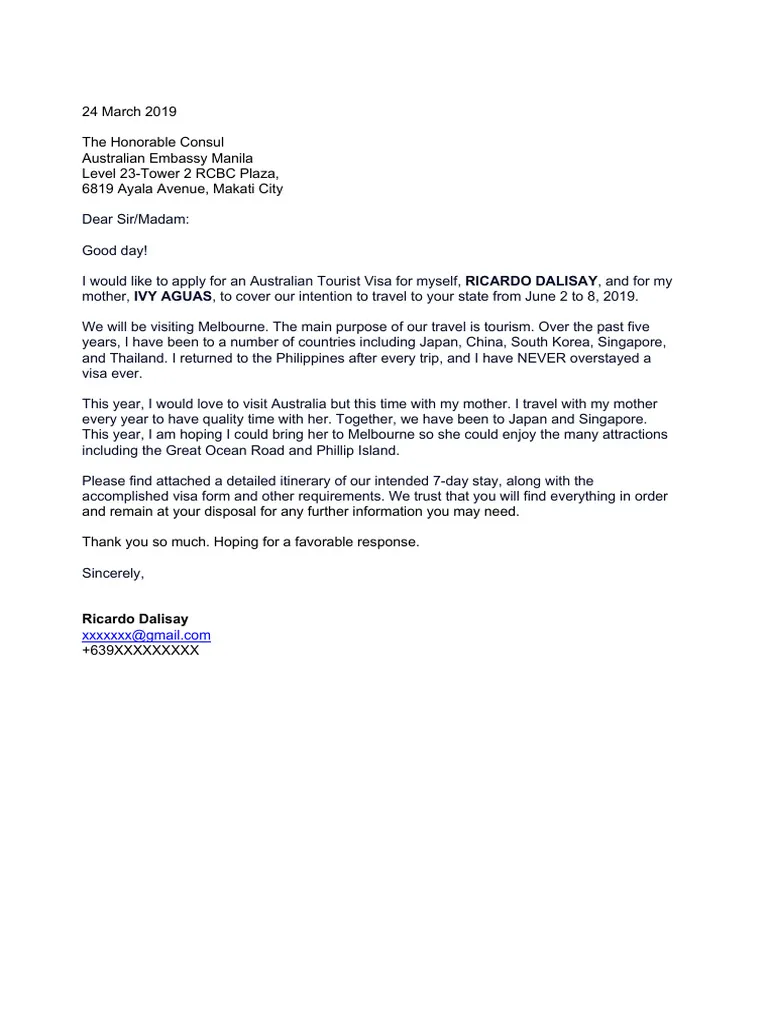
There are common mistakes that applicants make when creating cover letters. Avoiding these mistakes can significantly improve your chances of success. These missteps can often undermine your application and make it less likely that you will be considered for the job. Always make sure to proofread and personalize each cover letter you send out.
Generic Cover Letters
Avoid using a generic cover letter template. A generic letter shows a lack of interest in the specific role and company. Tailor each cover letter to the specific job and company. Research the company, tailor the letter to the job description, and highlight your relevant skills and experience. A tailored cover letter shows your genuine interest and improves your chances of getting hired.
Typos and Grammatical Errors
Typos and grammatical errors damage your credibility. Always proofread your cover letter carefully before submitting it. Use spell check and grammar check tools. Have a friend or family member review your letter. Ensure that your writing is clear, concise, and free of errors. Errors can make you appear unprofessional and decrease your chances of landing an interview.
Lack of Enthusiasm
Show enthusiasm for the role and the company. Express your interest in the specific opportunity and explain why you are excited about the possibility of working there. Your cover letter should convey your passion for the role and show the hiring manager that you are eager to learn and contribute. A positive attitude goes a long way in the Australian job market.
Including Contact Information
Always include your contact information in both your header and closing. Make it easy for the hiring manager to contact you. Include your full name, phone number, email address, and optionally, your LinkedIn profile URL. Ensure your contact details are accurate and up-to-date. Providing your contact information helps the hiring manager easily reach you if they wish to offer you an interview or make contact to learn more about you.
Creating a compelling cover letter for the Australian job market requires careful attention to detail, an understanding of local customs, and a tailored approach. By following these guidelines, you can create a cover letter that grabs the hiring manager’s attention, highlights your strengths, and increases your chances of getting hired. Remember to customize your cover letter for each job, proofread carefully, and showcase your enthusiasm. Good luck with your job search!
